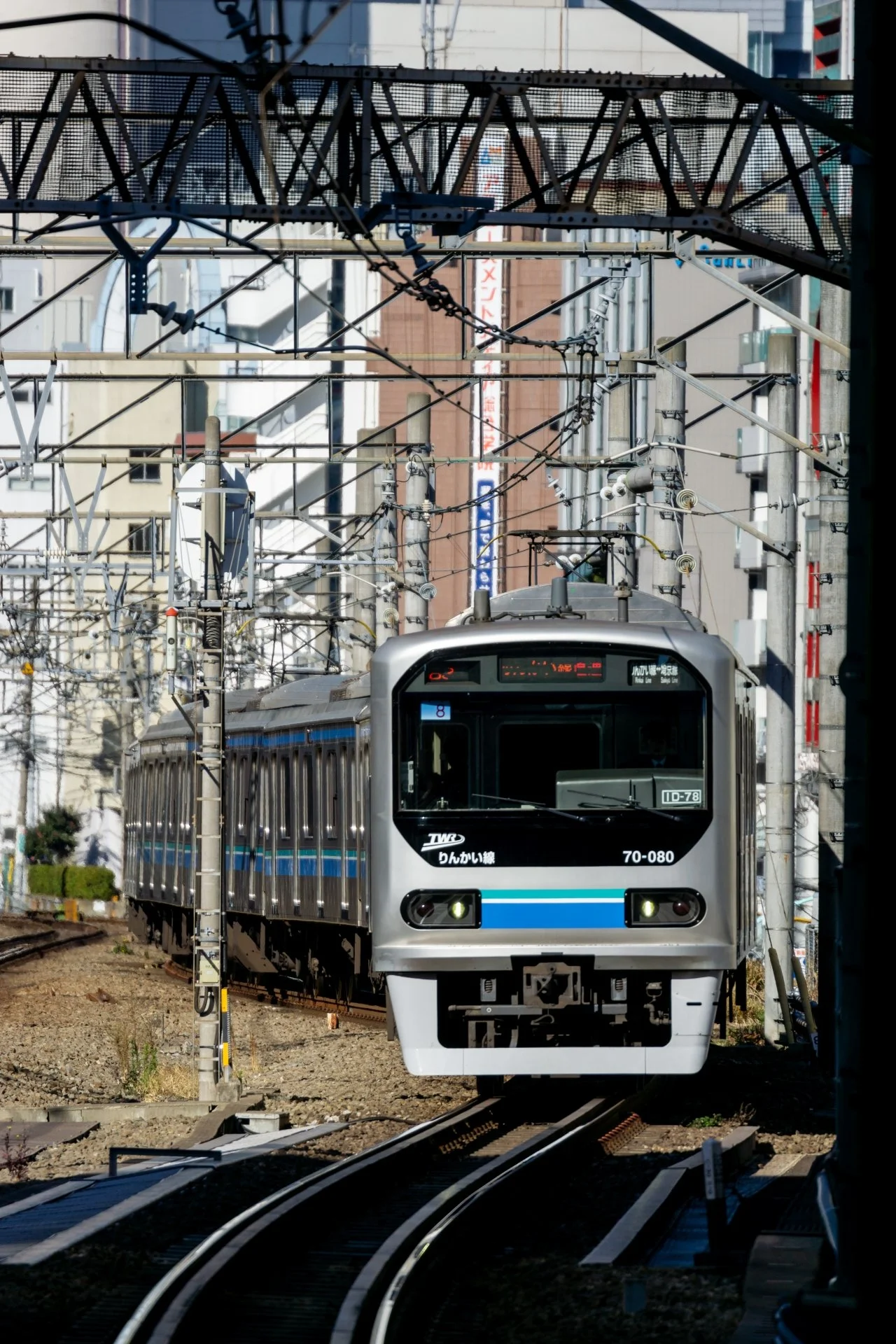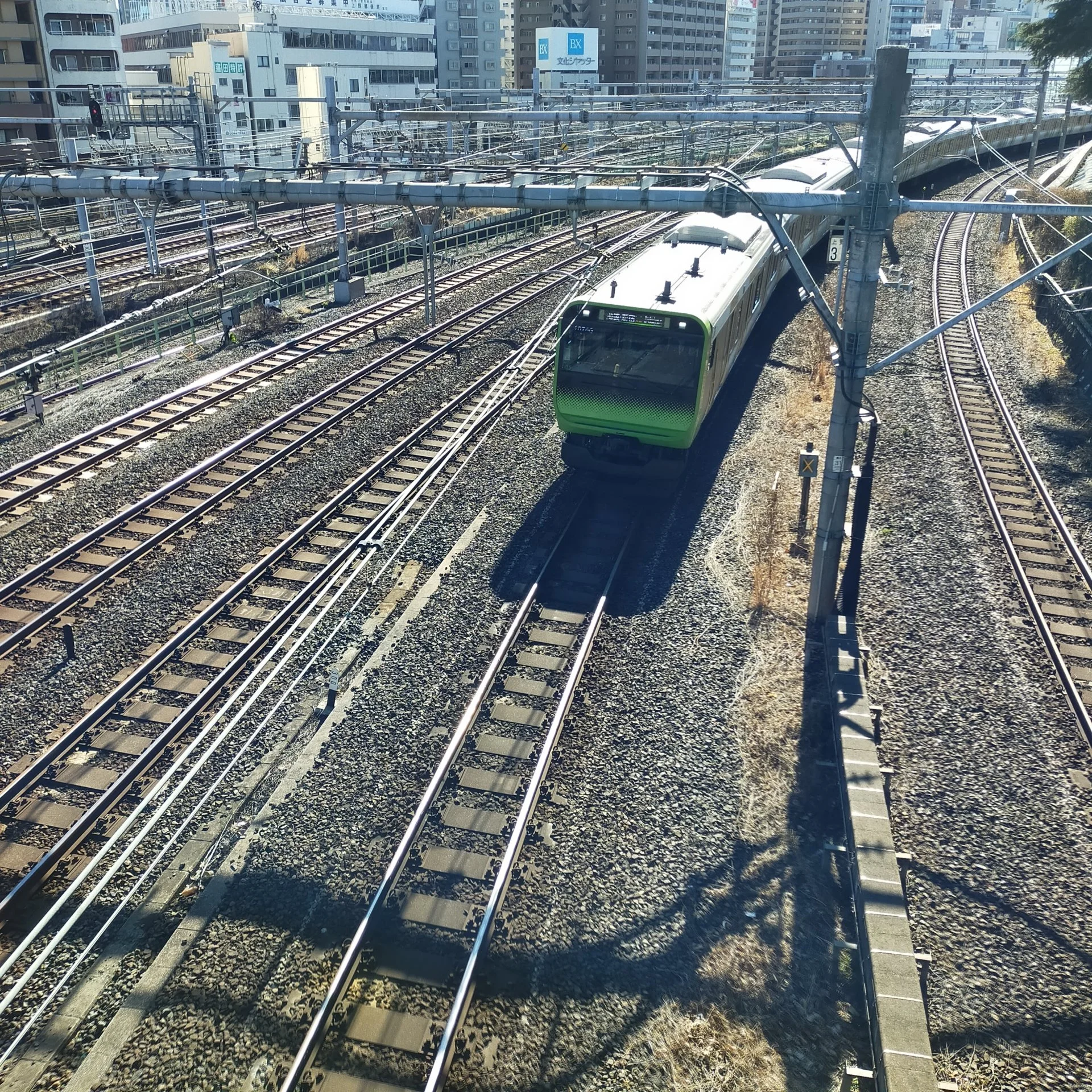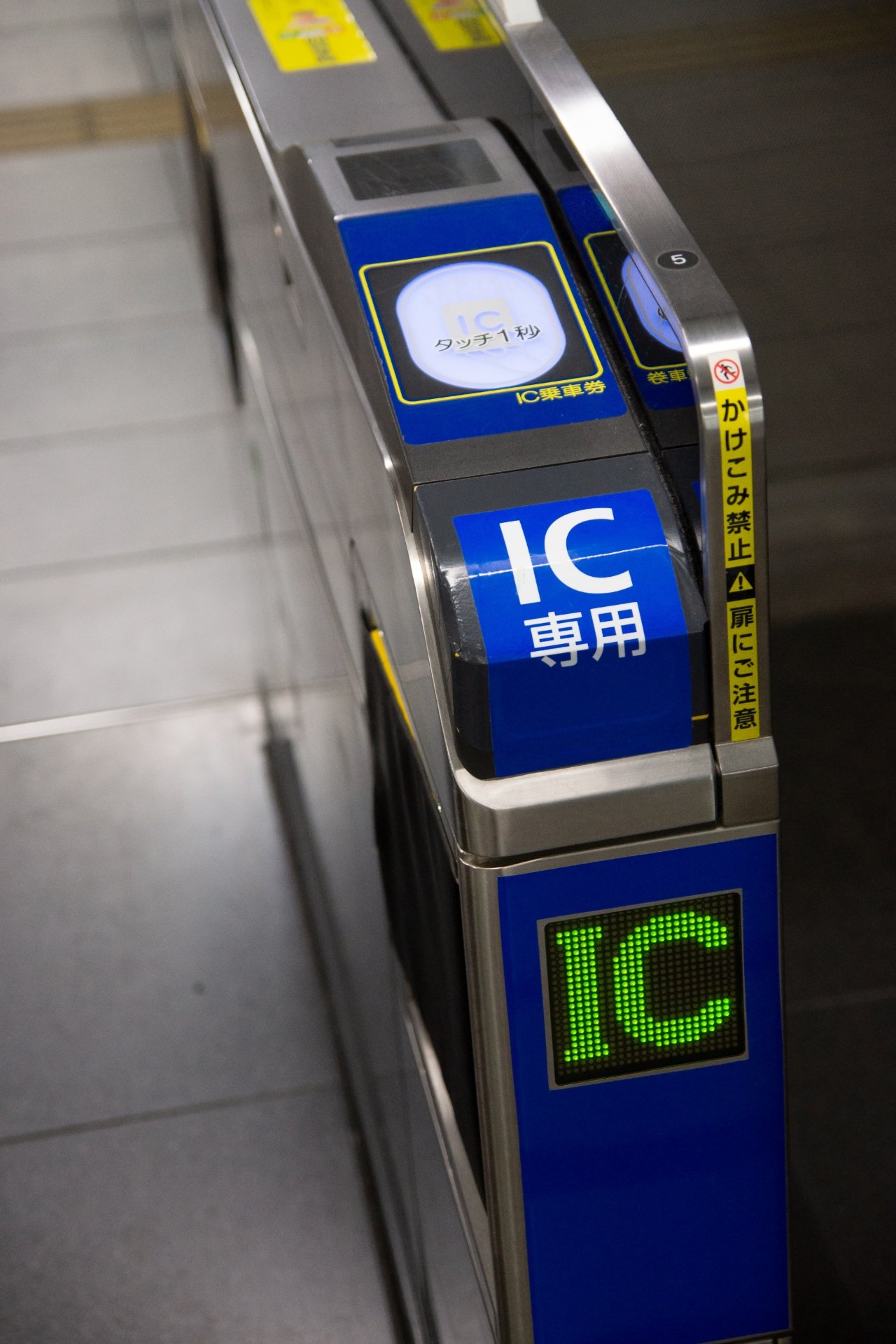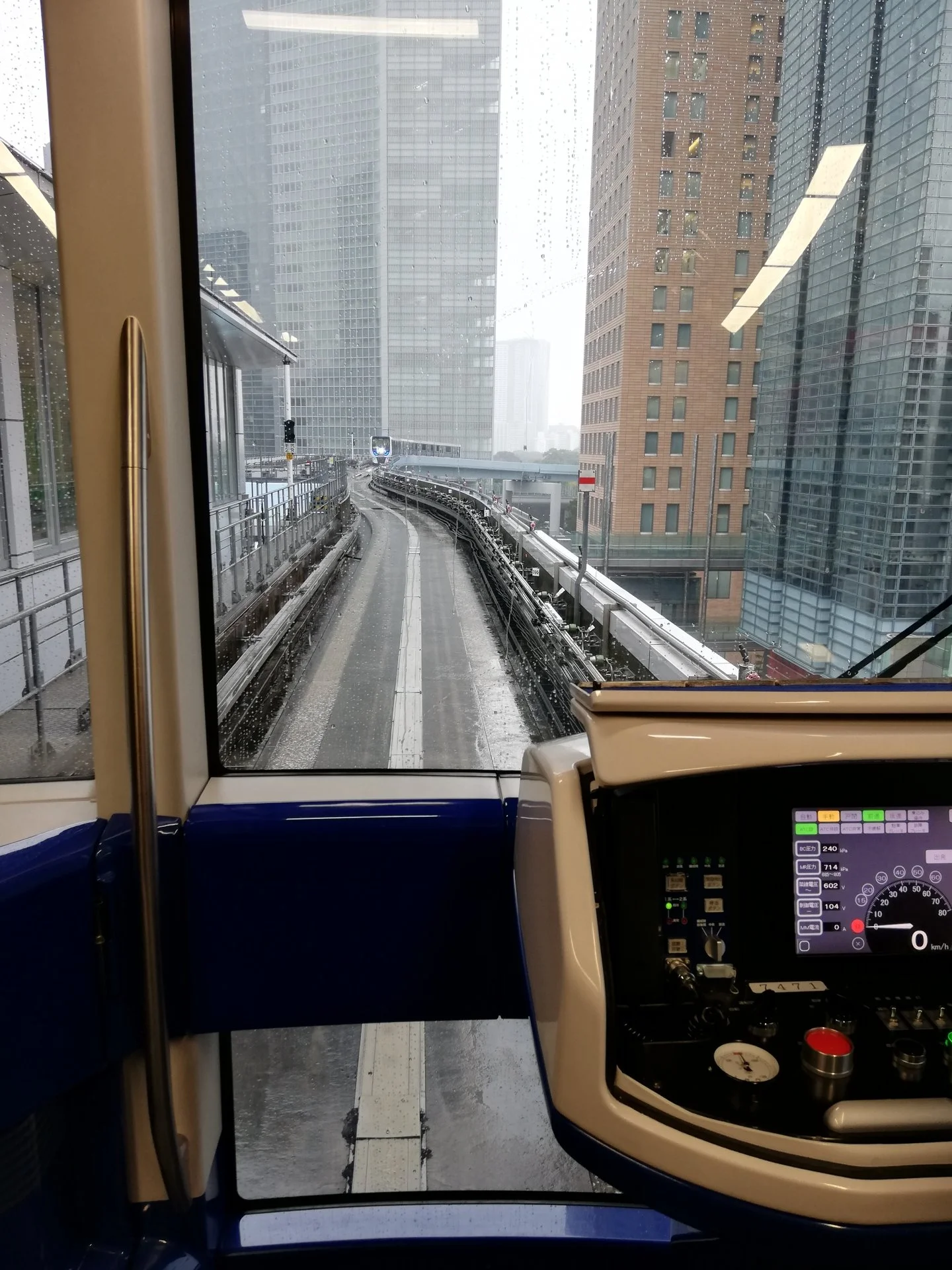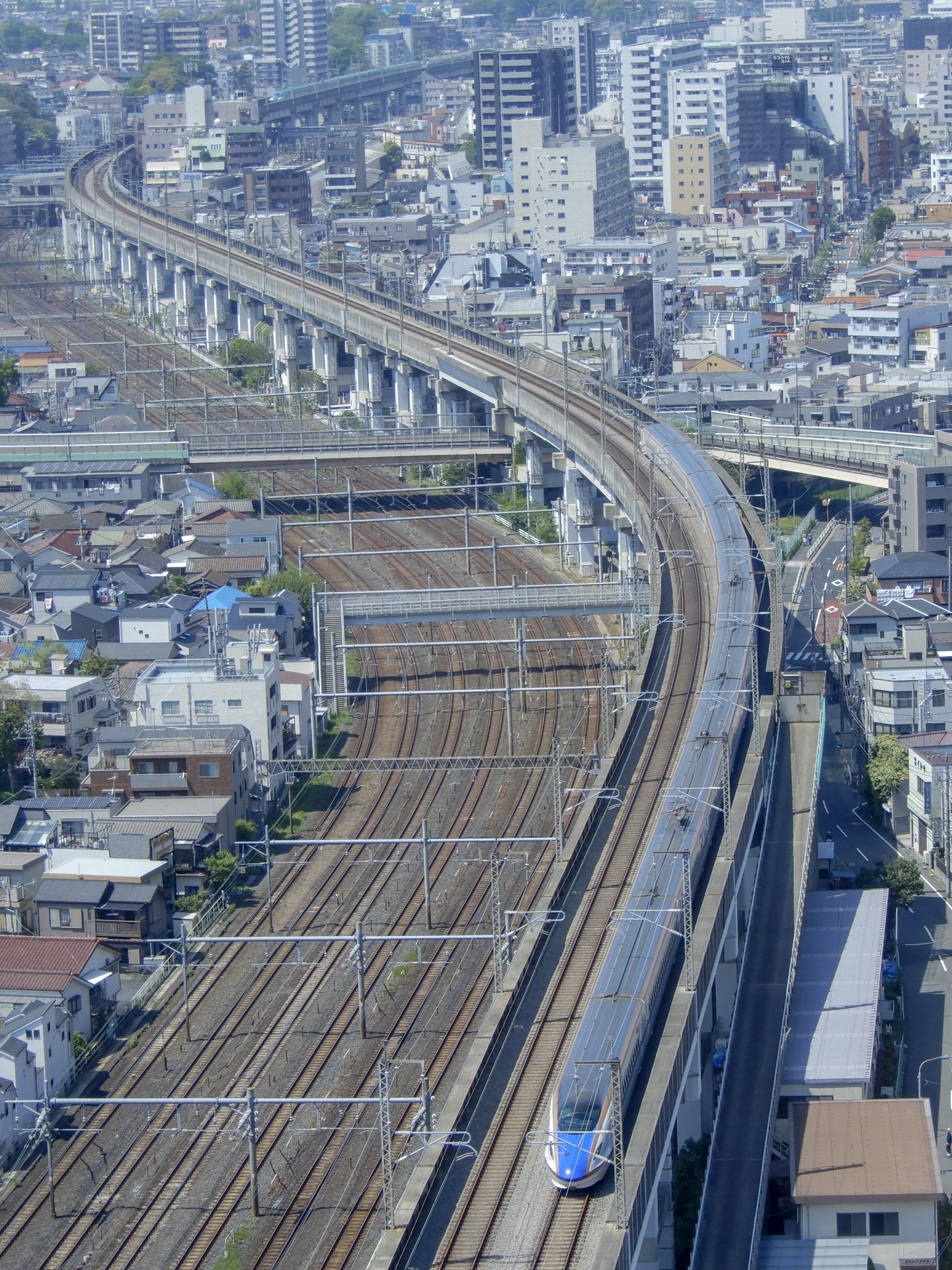Here’s Why (And How) You Should Take the Train in Japan
by Laura Studarus
A few notes on Japan's most delightful form of transportation.
Taking the train in Japan is a joy. And that’s not just because you’ll see much more of the country than if you had simply jumped on a plane.
Whether you’re on the Shinkansen (aka the bullet train), which at its fastest has reached world records speeds of 374 mph, or one of the Limited Express, Limited, Raid, or Local Trains (designations determined by the number of stops made), you’ll get where you’re going on time. In fact, the entire country’s network of trains has an average of only 18 seconds of delay. Holdups are so rare, that when they do happen, train staff will distribute train delay certificates, just to prove to employers and school that the delay actually took place.
Throw in WIFI on most routes, organized stations that make it easy to find your train, and cleaning staff that actually cleans—and you have the kind of pleasurable transit experience you’re unlikely to find anywhere else in the world.
So, let’s break down what you need to know.
A few words on travel etiquette
While you can literally set your watch to trains, there’s no need to rush. Whether you’re boarding the Shinkansen or a local train, commuters consistently form orderly lines, allowing each other to board and disembark, and making even the most crowded forms of transport a bit more comfortable for everyone. When in doubt, make it a priority to look out for the people around you. Avoid travel during rush hour (between 7:30-9:30 and 17:00-20:00) whenever possible. Wear a mask if you’re feeling sick. Eating on long-distance trains is allowed (and enjoyable—grab a bento box in the station before you leave), but avoid disruptive snacks on local trains. And finally, don’t do anything you wouldn’t want to overhear, like shouting, swearing, watching videos without headphones on your phone. Your fellow passengers will thank you!
Do I need the Japan Rail Pass?
You’ve probably heard about this option from friends—and with good reason. The Japan Rail Pass allows visitors to Japan the freedom of unlimited travel across six of the country’s rail companies for 7, 14, or 21 days. Because since it’s exclusively available to non-Japanese tourists, it can only be purchased before you get to Japan, and then must be picked up at a designated JR Office.
If you’re planning on visiting multiple cities (rather than say, a quick jaunt between Tokyo and Kyoto), it’s likely you’ll save money. However, it’s best if you have a flexible schedule, since seats need to booked right before departure. Consider using an app like Japan Transit Planner for on-the-go updates.
The Japan Rail Pass comes in two designations:
- Ordinary starts at 39,600 YEN for seven days. This will allow you to ride in any reserved or non-reserved seat. But during periods of high traffic, it’s better to book in advance
- Green pass starts at 44,810 YEN for seven days. This will allow you to sit in the first class or “green” cars on Shinkansen trains and limited express trains. However, you will need to book in advance.
And of course—as with any article you read on the internet—when in doubt, check the official site for updated information.
How to upgrade your rail experience
Outside the Japan Rail service network lies a collection of special, luxury trains. Ever longed for the glory days of rail travel? There are plenty of high-end experiences that will allow you to see the country in style.
Nanatsuboshi: Known as Seven Stars, this train route though the Kyushu prefecture connects a small group of guests with Japanese artisans, history, and culture. The lush train interior, from the traditional, tatami mat-tea room, to the dark wood bar, were created by some of the finest regional woodworkers, craftsmen, and potters. And each stop on the route is selected to bring visitors closer to the locals—many who regularly appear along the tracks to greet the train by waving flags. See the website for the travel application process.
Shiki-Shima: Operated by JR East, Shiki-Shima covers two, three, and four night itineraries through Tohoku and Hokkaido in Eastern Japan. Eat onboard meals created by high-end chef in an open kitchen. Enjoy stopovers in places like the historical villa of Niigata Saito, and Yamanashi, known for its grape cultivation. Or enjoy the view from your suite, featuring traditional closets designed to resemble chests from Sendai City, and handwoven futons from Fukushima Prefecture. Apply for a trip opportunity here.
The Twilight Express Mizukaze: The Twilight Express Mizukaze covers Western Japan, and offers five different routes. So, whether you’re interested in the traditions of the Setouchi area, or the wild nature of the Sanin route, there will be something to catch your interest. Inside the train, which they think of as a hotel on wheels, you’re met with a touch of class and nostalgia, featuring hand-crafted items from along the route. Outside, you’ll enjoy stops designed to help you understand and appreciate the history and beauty of the area.
Note: Tickets for this train can only be purchased in Japan.

